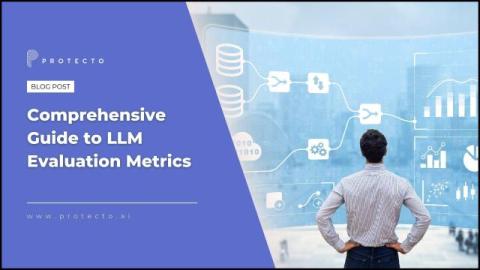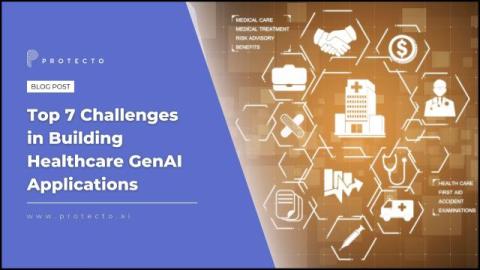When to Use Retrieval Augmented Generation (RAG) vs. Fine-tuning for LLMs
Developers often use two prominent techniques for enhancing the performance of large language models (LLMs) are Retrieval Augmented Generation (RAG) and fine-tuning. Understanding when to use one over the other is crucial for maximizing efficiency and effectiveness in various applications. This blog explores the circumstances under which each method shines and highlights one key advantage of each approach.











